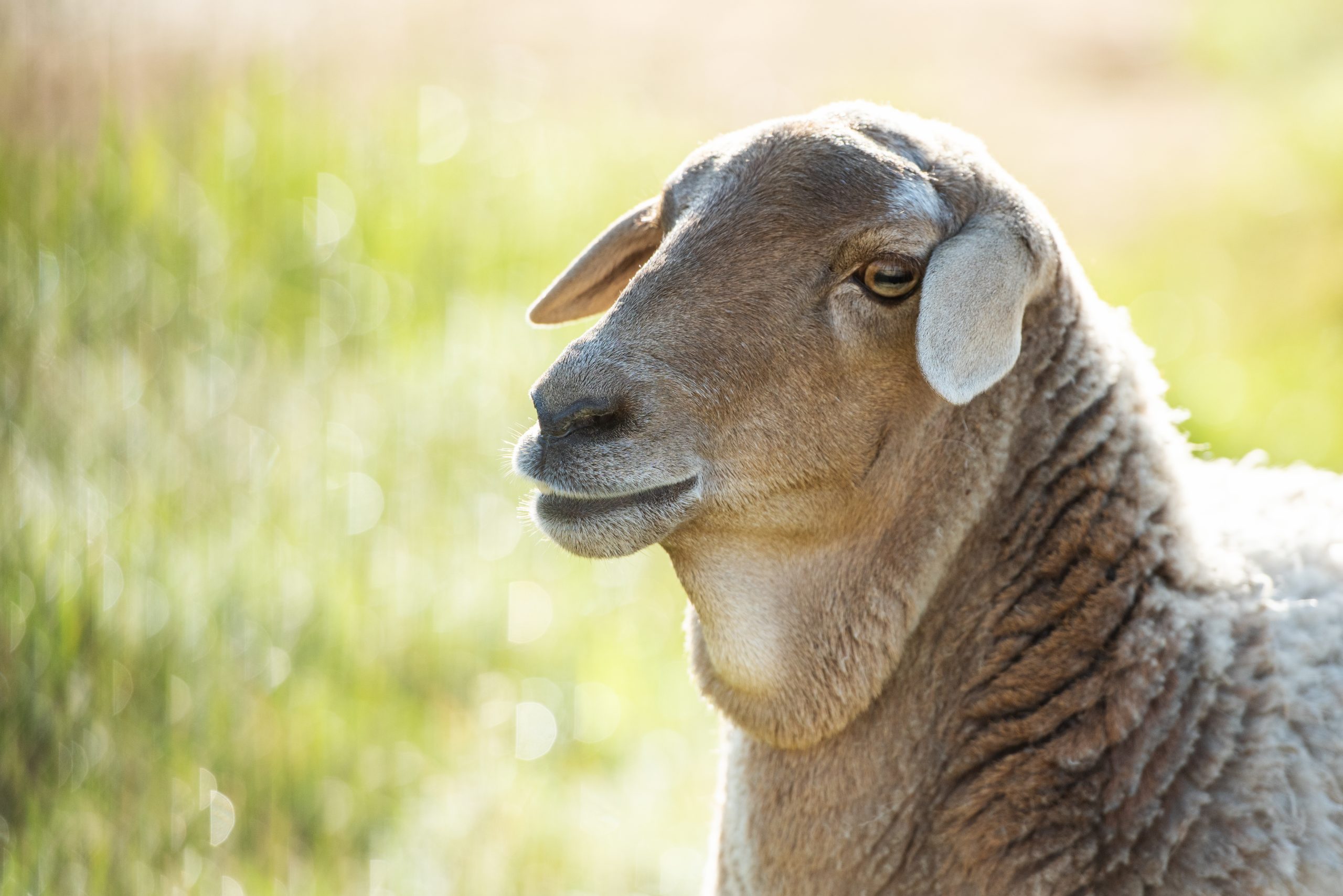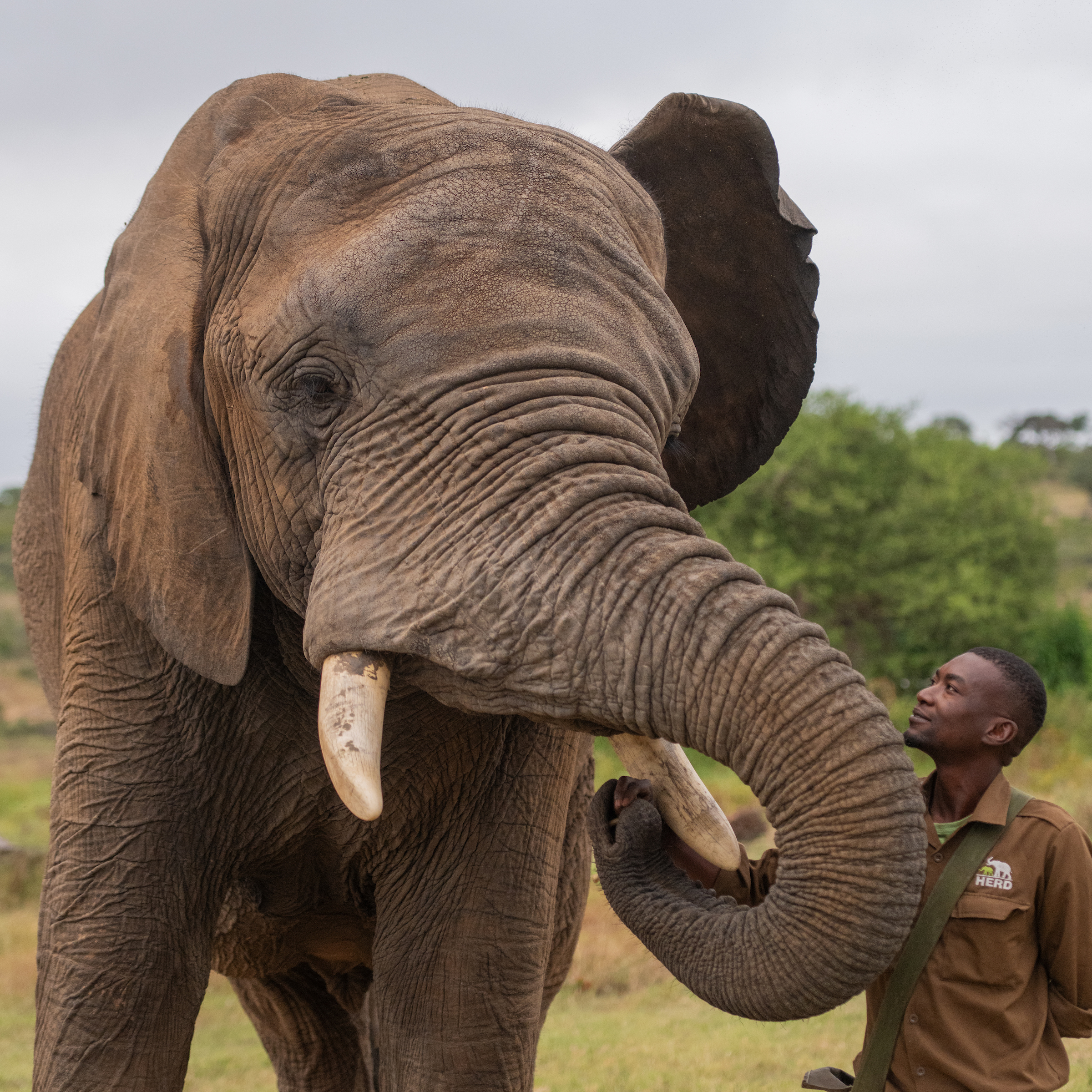The Beauties of Bana Grass – aka “Elephant Grass”
You may have seen us carting bana grass around, to and from the nursery and stables, or watched the Jabulani herd and Khanyisa contentedly chewing and eating the long fresh grass, but we wanted to let you know more about it! Its source and purpose…
The Jabulani bana grass plantation is a sustainable, fortunate and convenient extra source of food for the Jabulani herd and orphans at HERD during the dry season and to supplement their foraging in the bush. Commonly referred to as “elephant grass”, bana grass provides a good source of nutrition, including protein and fibre. And little Khanyisa has been enjoying some of the long snacks herself!
The farm-to-fork concept of sustainability is just as essential when caring for elephants.
Part of the early morning duties of the Jabulani elephant care team (and sometimes the HERD team too!), is to head out into the bana fields that neighbour HERD and cut down at least 8 metres of 10 rows of fresh bana grass. Another benefit of being located next door to Jabulani!
A small delivery is taken to the orphanage for Khanyisa, and once the stables are cleaned for the day, the rest of the harvest is dropped off around the stables, both under the roofed area as well as in the fields that surround the stables.
Sometimes Khanyisa helps…
In between feeding elephants, the quick and easy-to-grow grass is tended to by the dedicated Jabulani team and harvested row by row, systemically, to ensure that each row can regenerate.
The provision of bana grass for the elephants in the Jabulani herd and orphanage becomes even more important at times when some of the herd members aren’t able to go out foraging and walking in the bush during the day. For instance, with Fishan, when he was recovering from his leg fracture. Keeping this plantation surviving and providing is part of our overall sustainability management plan.
The development of the Jabulani bana grass plantation started in November 2016, and the project was overseen by Operations Manager, Schalk Human.
Bana grass is not grown from seeds, but rather from planting short pieces of cut stalk of an existing plant, much like sugarcane.
The first round of stock was bought from a neighbouring farm, and used by the Jabulani team to propagate further crops. But first the land had to be prepared, fences had to be put up, and waterlines laid. It was a process that took just over eight months.
Schalk and his team started off with 20 rows, which they then cut plants from, to keep increasing the number of rows. Today we have a total of 80 rows, each row at 400 metres in length. The bana grass grows to be about 4 metres in height and takes approximately 60 days to grow back to full length after harvesting.
It took just over a year to reach full production and the benefits of having this plantation on site continue to show themselves! Whether for healing older elephants, dry season solutions or baby elephant orphans who love nothing more than chewing on the grass, while curled up and falling asleep!





The Sustainable Safari at Jabulani ~ World Water Day – Jabulani
[…] Read more > […]
Tamlin
Our hearts too! She is surrounded by so much wonderful and unconditional love! From human, elephant & sheep.
Tamlin
She certainly does! She enjoys it especially alongside her ele-friend!